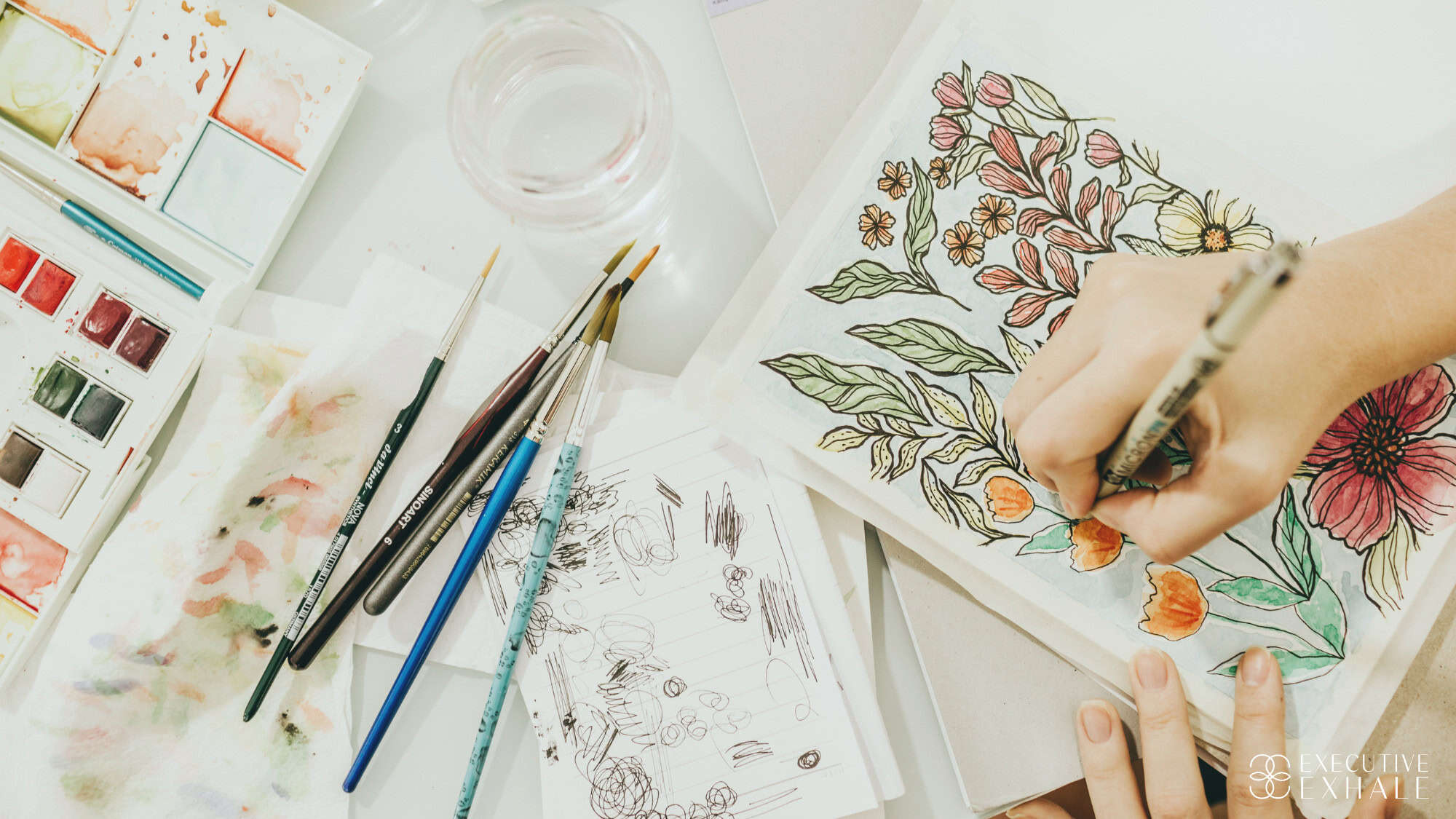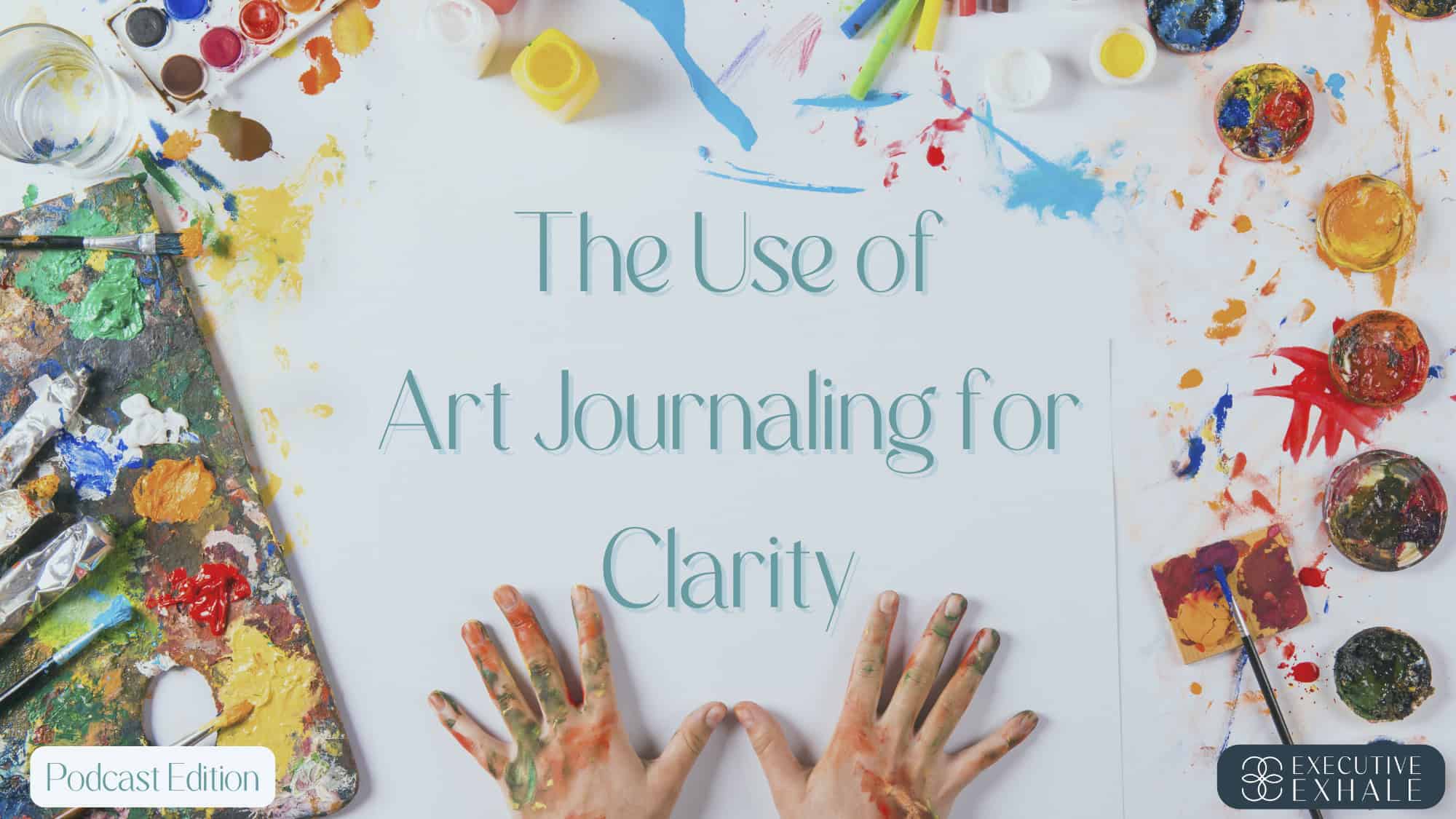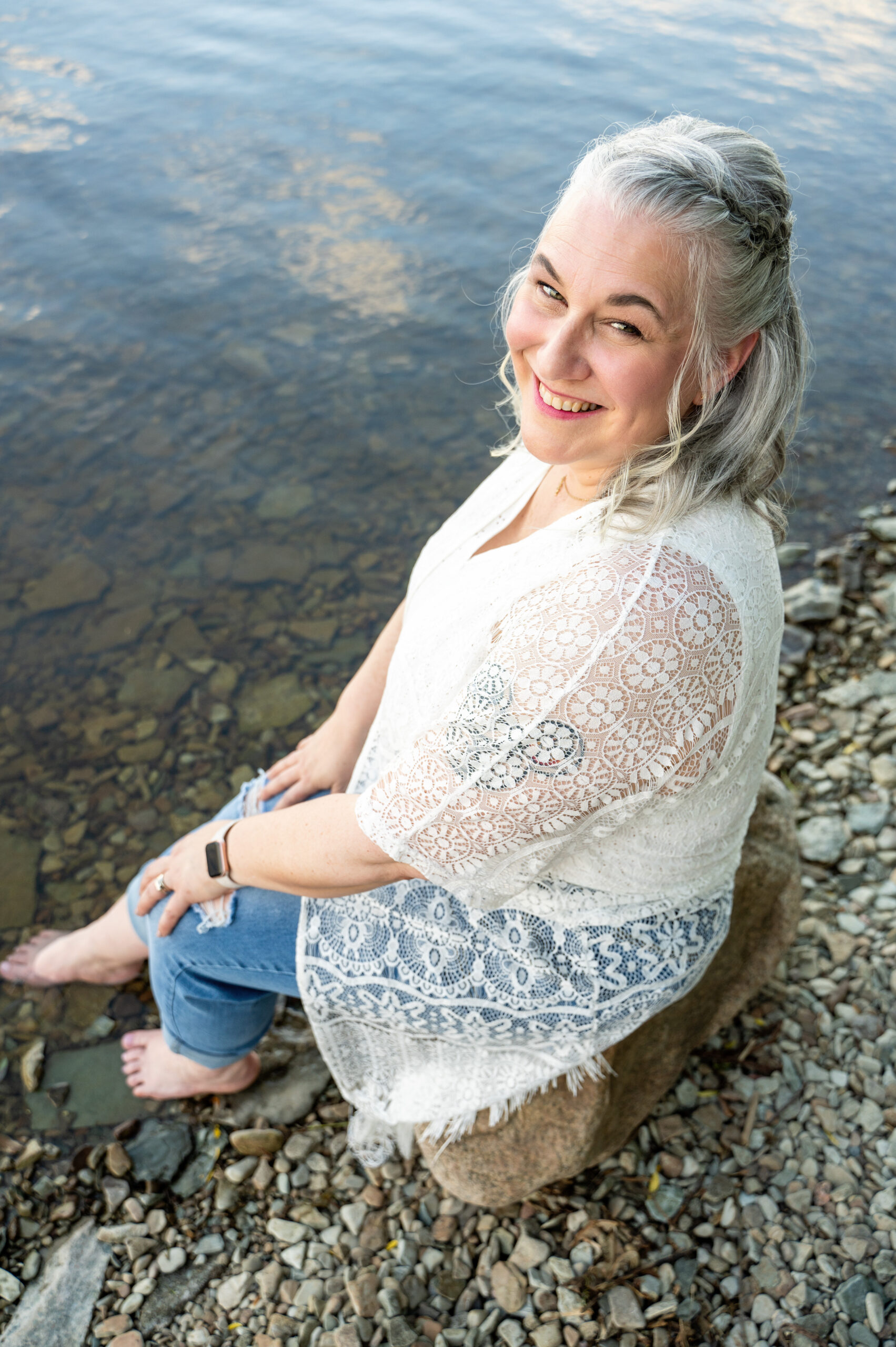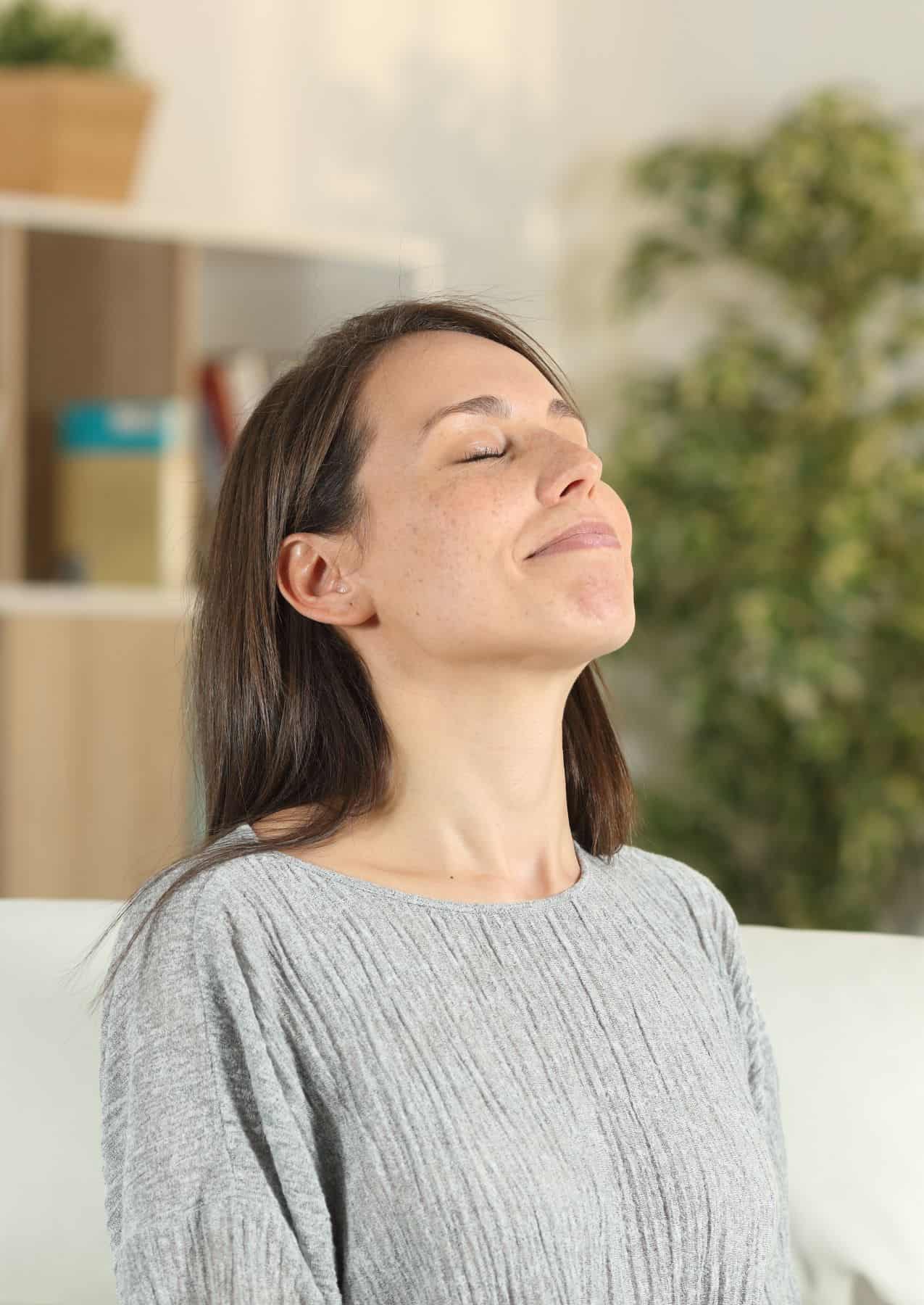Just like my guest this week, I, too, had told myself a story that I needed to stay. I was at a certain stage in my career, making six figures, and I had a plan: I’ll just spend X more years at my job because I liked the people, because it was a good fit, and because of all the reasons we tell ourselves when something no longer fits, but we refuse to acknowledge it.
Sound familiar?
We do this in our careers, relationships, and outgrown routines. But what happens when our internal world no longer aligns with the external structures we’ve built? How do we even begin to untangle ourselves from what we thought was the plan?
This week on The Executive Exhale Podcast, I enjoyed speaking with Susan Hensley, transformational coach, speaker, and author of Art for Your Sanity: How Art Journaling Can Help You Manage Chaos and Unleash Joy. Susan’s journey into the world of creative expression wasn’t intentional. It was born from a moment of burnout and frustration. What started as an accidental afternoon of playing with paint became a powerful self-discovery tool that helped her process emotions, uncover hidden truths, and ultimately transform her life.
And here’s the most interesting part: it wasn’t about making art—it was about making sense of herself.
When Logic Fails, Creativity Speaks
Susan was deeply embedded in the corporate world for years, leading teams, making strategic decisions, and balancing high-pressure demands. Like so many of us, she believed she had it all under control until anger crept in. That unexplainable frustration. That edge of exhaustion. The kind of burnout that makes you say, “I’m fine,” while knowing deep down that you are absolutely not fine.
Then came a rainy Saturday, a simple invitation from a friend, and an unexpected moment that changed everything. Sitting in a casual art workshop, listening to a lesson on color theory, Susan did what so many of us would do: she stopped listening and started playing. She dipped her brush into the paint, moved it across the page, and something inside her cracked open.
She wasn’t thinking about the brushstrokes. She wasn’t thinking about her career, deadlines, or how many more years she had mapped out in her job. She was simply feeling. And that was the moment of truth.
Over the following months, Susan began art journaling—not as a structured practice or a way to create beautiful pieces to display but as a way to process. Instead of words, she used color. Instead of structured paragraphs, she used scribbles, shapes, and symbols. And what showed up on the page? The truth she wasn’t yet ready to admit. On the page, a variety of images emerged, a visual representation of what she was going through internally.
And then it hit her: she had to make a change. That perfectly logical five-year plan? It no longer made sense to continue. She hadn’t thought her way there, but she felt her way there.
Why Burnout Blocks Creativity and How Art Can Break the Cycle

One of the things Susan and I discussed was the connection between creativity and the nervous system. When we’re under chronic stress, stuck in fight-or-flight mode, the brain isn’t in a place to think expansively. Planning our next move, let alone engaging in self-reflection, can feel impossible when we’re operating from a place of utter depletion.
Here’s where art becomes a game changer. Creativity is a direct invitation to access a different part of the brain, the part that allows us to imagine, play, explore, and problem-solve in ways we can’t when we’re locked in logical thinking.
It is the reason so many people have “aha” moments when they’re painting, doodling, listening to music, participating in guided HeartBreath™, or even moving their bodies. These activities aren’t just relaxing; they tap into our neurological systems and help to rewire us for insight.
Let’s be honest: when we try to solve major life challenges purely through logic, we often run into a wall. Why? We tend to overthink, second-guess, and talk ourselves out of what we know we need. When we allow ourselves to process emotions in a nonverbal, non-linear way, the truth has a chance to emerge in ways we never expected.
The Common Resistance and How to Overcome It
I asked Susan about any resistance her clients may have towards using methods of creativity to problem solve. I shared that, at times, I get resistance from clients when introducing breathwork or mindfulness to them. There are often mental models around notions such as mindfulness and creativity that articulate that these practices belong to groups like artists or gurus, that play or rest are frivolous, and that emotions are meant to be neatly filed away in favor of strategy and logic.
But the reality is that we are born creative beings. At one time, we were all five years old, doodling nonsense on paper, building castles out of blocks, humming songs with no melody, and playing without expectation.
Somewhere along the way, most of us lost that connection or learned that that part of us would not help us succeed or make us vulnerable.
Susan starts small and meets her clients “where they are at.” She asks people to take just three minutes, put on a song they love, grab a piece of junk mail or scrap paper, and simply fill the page. There is no plan, no expectation, just movement and scribbles.
And something fascinating happens. They feel lighter, more open, and more engaged. Not because they created something beautiful, although they may have, but because they permitted themselves to let go.
Using Creativity as a Tool for Self-Discovery

Susan’s journey led her to write Art for Your Sanity and to create workshops that help people navigate life’s transitions through art. But what I love most about her approach is that she’s not trying to turn people into artists. She supports the readers in permitting them to play. She’s trying to help them listen to themselves so that they can see beyond the stories they tell themselves. She helps them to move past the narratives that keep them stuck and reconnect with the parts of themselves they’ve ignored.
This is why creative practices, whether they’re art journaling, poetry therapy, music, movement, or breathwork, are so powerful. They give us an outlet for expression, a way to release, a way to tap into our inner wisdom, and a way to make sense of what logic can’t untangle.
If you are currently feeling stuck, be it from burnout, a career transition, or just the weight of stress, you might not need another spreadsheet or planning session.
You might just need some crayons.
Final Thoughts: Try This Exercise
If you’re curious but hesitant, here’s a simple way to start:
1. Grab any piece of paper—a napkin, a notebook, a Post-it, whatever’s available.
2. Choose a medium—pen, marker, crayon, or anything with color.
3. Set a timer for three minutes.
4. Play a song that moves you.
5. Fill out the page. It doesn’t matter what—shapes, lines, words, scribbles. Just create.
Then step back and notice—not what you created but how you feel. This isn’t about making something perfect; it’s about making something true.
And who knows? Maybe it will be your first clue in a more significant discovery—just like it was for Susan.
Ready to Reconnect with Yourself? Let’s Take the First Step.
If this resonated with you, imagine what’s possible when you truly give yourself permission to pause, breathe, and explore new ways of processing stress and transition.
🚀 Join me for a wellness and performance strategy session. We can dive deeper into methodologies that work for YOU—whether mindfulness, breathwork, or executive wellness coaching. Let’s uncover what’s keeping you stuck and create a plan for moving forward.
🧘 Want to start small? Try my free guided meditation to help you slow down, clear your mind, and reconnect with yourself. Just a few minutes can shift your energy and help you breathe easier.
👉 Visit www.executiveexhale.com to explore coaching, retreats, and other resources.
You deserve a life where you thrive—not just survive.
Let’s make that happen together. 💙✨



